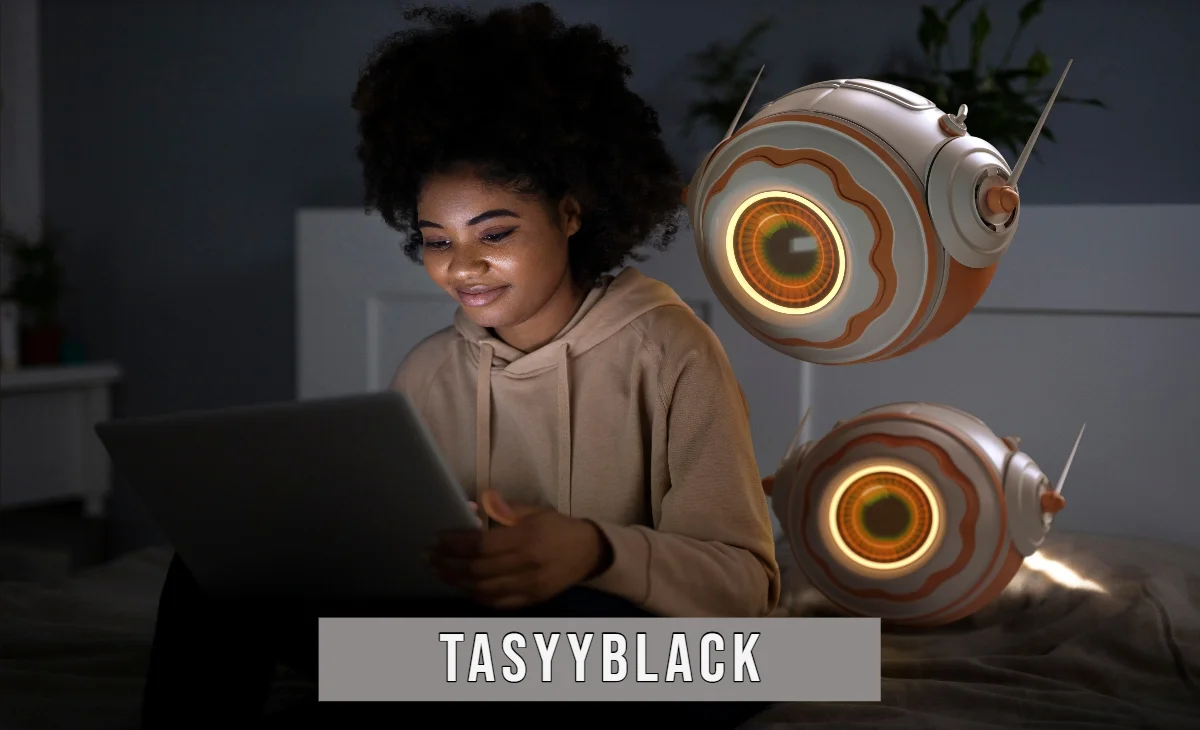Online cultures rise and fade, but some carve lasting marks on society. Simpcitt—a term once confined to niche communities—now sparks global conversations, blending humor, devotion, and digital identity. Born from internet subcultures, it reshapes how people connect, express loyalty, and navigate modern relationships. Yet its rapid growth invites scrutiny: Is it a harmless trend or a reflection of deeper social shifts? This article explores Simpcitt’s roots, its polarizing influence on pop culture, and what lies ahead for a phenomenon blurring the lines between irony and sincerity. Whether you’re curious or skeptical, understanding Simpcitt reveals much about today’s evolving digital world.
Cultural Evolution
Simpcitt began as an inside joke among tight-knit online groups, rooted in forums and meme communities. Early adopters used exaggerated displays of loyalty or admiration, often parodying internet dating norms. Over time, platforms like Twitter, TikTok, and Discord amplified these behaviors, turning irony into a recognizable social script.
Memes and viral challenges pushed Simpcitt beyond its origins, blending humor with genuine emotional expression. Content creators capitalized on its relatability, framing it as both a joke and a lifestyle. Streaming platforms and gaming communities adopted the term, using it to describe supportive fan dynamics or playful online relationships.
As Simpcitt entered mainstream dialogue, its meaning expanded. Media outlets and influencers began referencing it, sometimes stripping away its satirical edge. Brands co-opted the aesthetic, selling merchandise and campaigns that mirrored its themes. This commercialization sparked debates: Was Simpcitt losing its subversive roots, or simply adapting to survive?
Today, the culture exists in a hybrid state. Some communities uphold its original humor, while others embrace sincerity, celebrating acts of devotion as authentic connection. This duality keeps Simpcitt relevant, even as critics question its long-term cultural value. Its journey reflects broader shifts in how digital trends mutate, resisting easy categorization while shaping new norms.
Core Characteristics
Simpcitt thrives on exaggerated displays of loyalty, often expressed through humor, gifts, or public admiration. Members adopt playful personas—over-the-top compliments, self-deprecating jokes, or relentless support for specific creators—blurring satire and earnestness. These acts commonly occur in livestream chats, comment sections, or curated social media posts.

The culture relies on shared rituals: meme templates mocking “simp” behavior, inside jokes about unrequited digital affection, and trends like “simp hours” where users humorously confess their devotion. Many communities use badges, emojis, or tiered roles to gamify participation, rewarding frequent engagement.
Online safety and inclusivity shape norms. Rules often discourage harassment, while moderators enforce boundaries to prevent genuine exploitation. Yet debates persist: Does playful self-objectification empower or reinforce unhealthy dynamics?
Sincerity coexists with irony. Some participants frame their actions as genuine emotional labor, celebrating vulnerability in a detached digital age. Others treat it purely as performance art, mocking traditional romance tropes. This ambiguity allows Simpcitt to function as both social commentary and a legitimate form of connection, adapting to individual and collective needs.
Distinct lingo and symbols bind the culture. Terms like “simp tax” (jokingly demanding compensation for loyalty) or “simp army” (organized fan support) create insider identity. Visual cues—hearts, puppy-dog eyes, exaggerated sad reacts—reinforce its aesthetic. Whether ironic or heartfelt, these traits define a culture balancing mockery and belonging.
Societal Impact
Simpcitt’s influence stretches beyond memes and jokes, reshaping how people interact online. Platforms like Twitch and TikTok see creators monetizing “simp” behaviors, with fans donating money or showering influencers with virtual gifts. This transactional dynamic blurs lines between support and performance, normalizing public displays of devotion as entertainment.
Pop culture absorbs Simpcitt tropes. Music lyrics, TV scripts, and comedy sketches reference “simping,” often framing it as a relatable modern struggle. Brands market products using Simpcitt-inspired humor, from dating apps to snack campaigns, capitalizing on its viral appeal. Critics argue this dilutes its original critique of obsessive fandom.
Globally, Simpcitt fosters unexpected connections. Online communities unite users across languages and borders through shared humor. For some, it offers a low-pressure way to practice vulnerability, celebrating emotional openness without traditional expectations. Others find camaraderie in self-aware mockery of loneliness or unreciprocated affection.
Safety frameworks within Simpcitt spaces often prioritize user well-being. Moderation tools, content filters, and consent-driven interactions aim to balance playful teasing with respect. Still, tensions arise when irony masks genuine emotional dependency or manipulative behavior.
The culture’s duality—mocking obsession while romanticizing dedication—mirrors broader societal conflicts. It questions how digital generations negotiate authenticity, loneliness, and belonging. Whether laughed at or lived, Simpcitt holds a mirror to the contradictions of modern connection.
Criticisms and Challenges
Simpcitt’s blend of irony and earnestness draws backlash. Critics highlight how exaggerated loyalty can normalize obsessive tendencies, especially among younger audiences. Parodying devotion risks romanticizing one-sided relationships, with some participants conflating self-deprecating jokes with genuine self-worth issues.
Commercialization fuels tension. Brands and influencers repurpose Simpcitt aesthetics for profit, stripping its satirical edge. Detractors accuse this of exploiting communal humor, reducing cultural critique to marketable quirkiness. Meanwhile, creators monetizing “simp” personas face accusations of encouraging financial exploitation under the guise of irony.
The line between humor and harm remains contested. While many communities enforce rules against harassment, ironic roleplay sometimes masks toxic behavior. Instances of manipulative dynamics—where users weaponize “simp” stereotypes to guilt or pressure others—spark calls for stricter moderation.
Cultural misinterpretations amplify friction. Outsiders often dismiss Simpcitt as shallow or cringe, overlooking its role in fostering connection. Media portrayals exaggerate extremes, framing participants as desperate or gullible rather than exploring nuanced motivations.
Internal divides also emerge. Purists argue mainstream adoption dilutes Simpcitt’s subversive roots, while newer members embrace its evolving identity. Debates over sincerity versus satire fracture communities, with some advocating for emotional authenticity and others clinging to parody.
These conflicts underscore a broader struggle: Can internet-born cultures balance growth with integrity? Simpcitt’s survival hinges on navigating mockery and meaning without losing its voice.
Community Engagement
Simpcitt communities thrive when members balance humor with respect. Clear guidelines discourage harassment, emphasizing kindness even in playful exchanges. Moderators monitor interactions, addressing conflicts quickly to maintain a welcoming atmosphere.
Creative collaboration fuels these spaces. Users generate memes, challenges, and inside jokes, often building on shared themes like exaggerated loyalty. Collaborative projects—virtual gift drives or themed streaming events—strengthen bonds, blending satire with collective effort.
Support systems play a key role. Mentorship channels help newcomers navigate norms, while feedback loops let members shape community rules. Open discussions about boundaries encourage users to voice discomfort, fostering trust.
Conflict resolution often involves humor. Playful callouts or meme-based apologies defuse tension, though serious issues trigger direct intervention. This approach preserves the culture’s lighthearted roots while addressing genuine concerns.
Active participation rewards engagement. Badges or tiered roles recognize consistent contributors, incentivizing positive behavior. Yet the focus remains on organic interaction, avoiding forced trends.
By blending creativity, support, and self-regulation, Simpcitt spaces model how online communities can evolve without sacrificing their core identity. The result? A culture where mockery and mutual care coexist, inviting users to laugh at—and with—each other.
Future Projections
Simpcitt’s staying power depends on its ability to adapt without losing self-awareness. Younger digital generations gravitate toward its mix of humor and vulnerability, but platform algorithms and shifting trends could redirect its momentum. If irony becomes indistinguishable from sincerity, the culture risks fading into cliché.

Platforms may shape its trajectory. Features like virtual gifting or creator monetization could formalize Simpcitt behaviors, embedding them into mainstream online interaction. Alternatively, oversaturation might breed fatigue, pushing communities toward new, edgier formats.
Cultural absorption seems likely. Elements of Simpcitt—playful devotion, meme-driven bonding—already influence broader social media etiquette. Its legacy may persist even if the term itself falls out of favor, similar to earlier internet phenomena like “cringe” or “stan” culture.
Generational divides could splinter participation. Older users might cling to nostalgic, irony-heavy versions, while younger cohorts reinterpret Simpcitt as earnest connection. External factors, like economic pressures or mental health discourse, may also steer its tone toward advocacy or parody.
The culture’s resilience lies in its ambiguity. By refusing fixed definitions, Simpcitt invites reinvention. Whether it thrives or fragments, its impact on digital interaction—blurring jokes with genuine emotion—will linger, challenging future norms around online authenticity.
Conclusion
Simpcitt’s journey—from subversive meme to cultural touchstone—reveals the contradictions of digital life. It mocks obsession while celebrating connection, commodifies loyalty yet fosters community. Debates over its authenticity or absurdity mirror wider struggles to define meaningful interaction in a fragmented online world. Whether the term survives or fades, its legacy lies in exposing how humor and vulnerability coexist in modern relationships. As new generations reinterpret its codes, Simpcitt reminds us that internet cultures rarely die; they mutate, leaving traces in how we laugh, love, and belong online.





